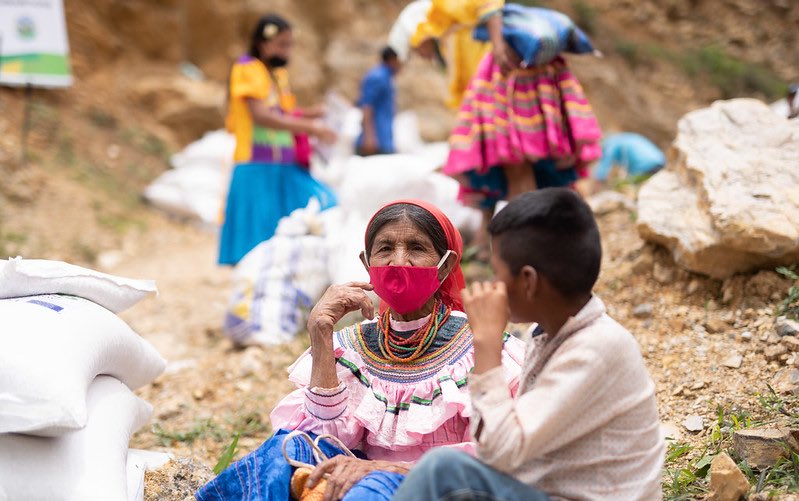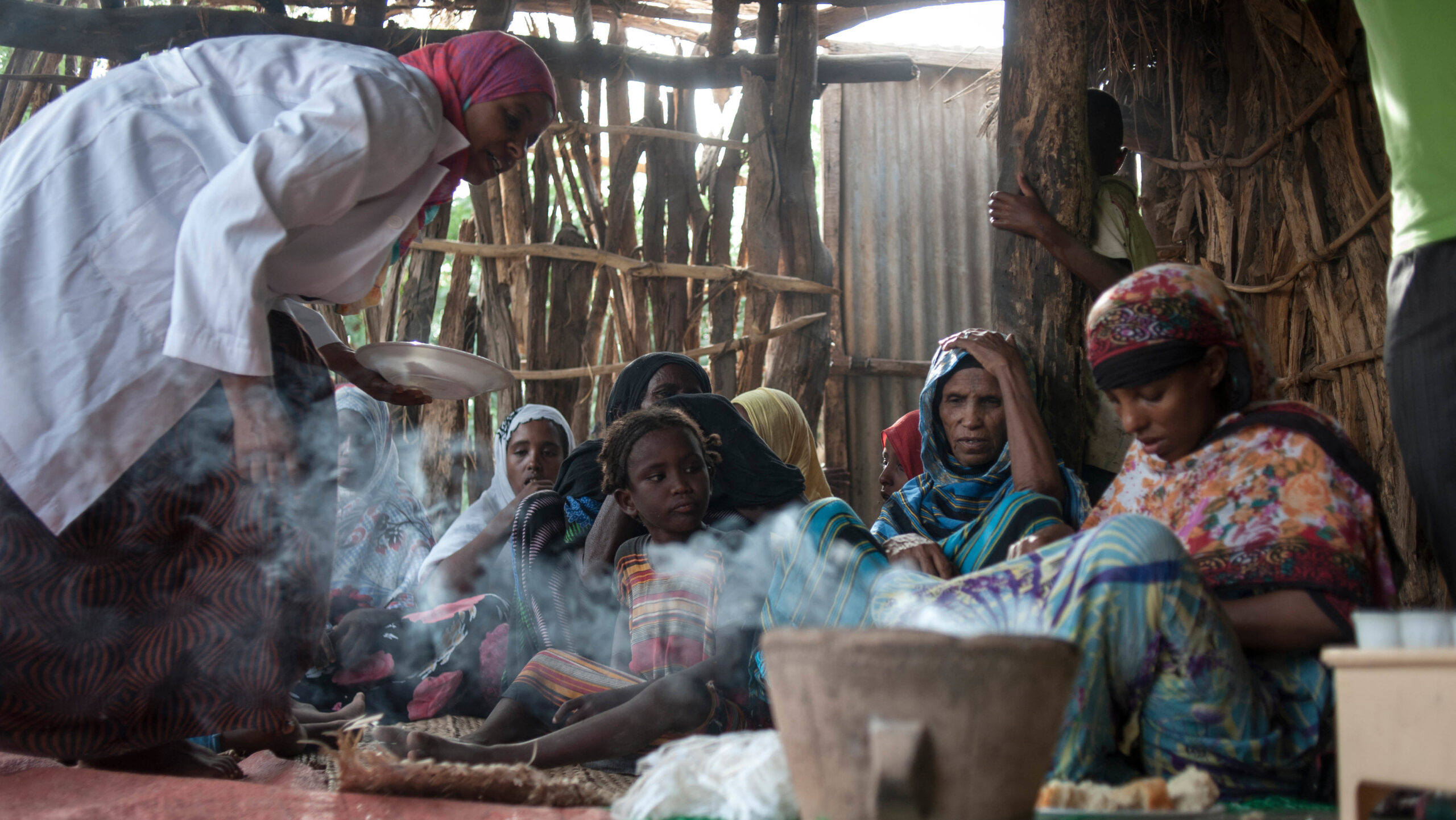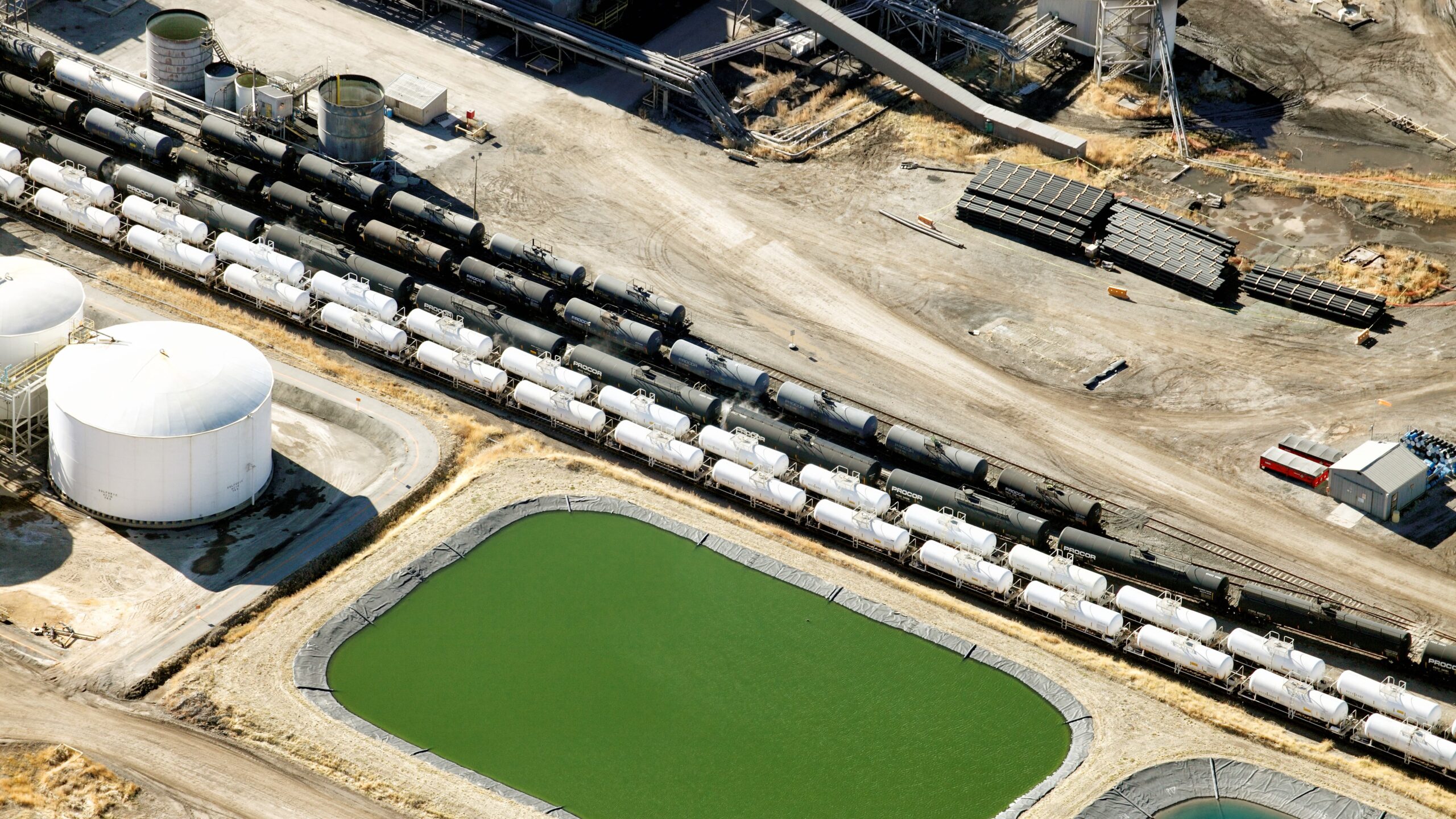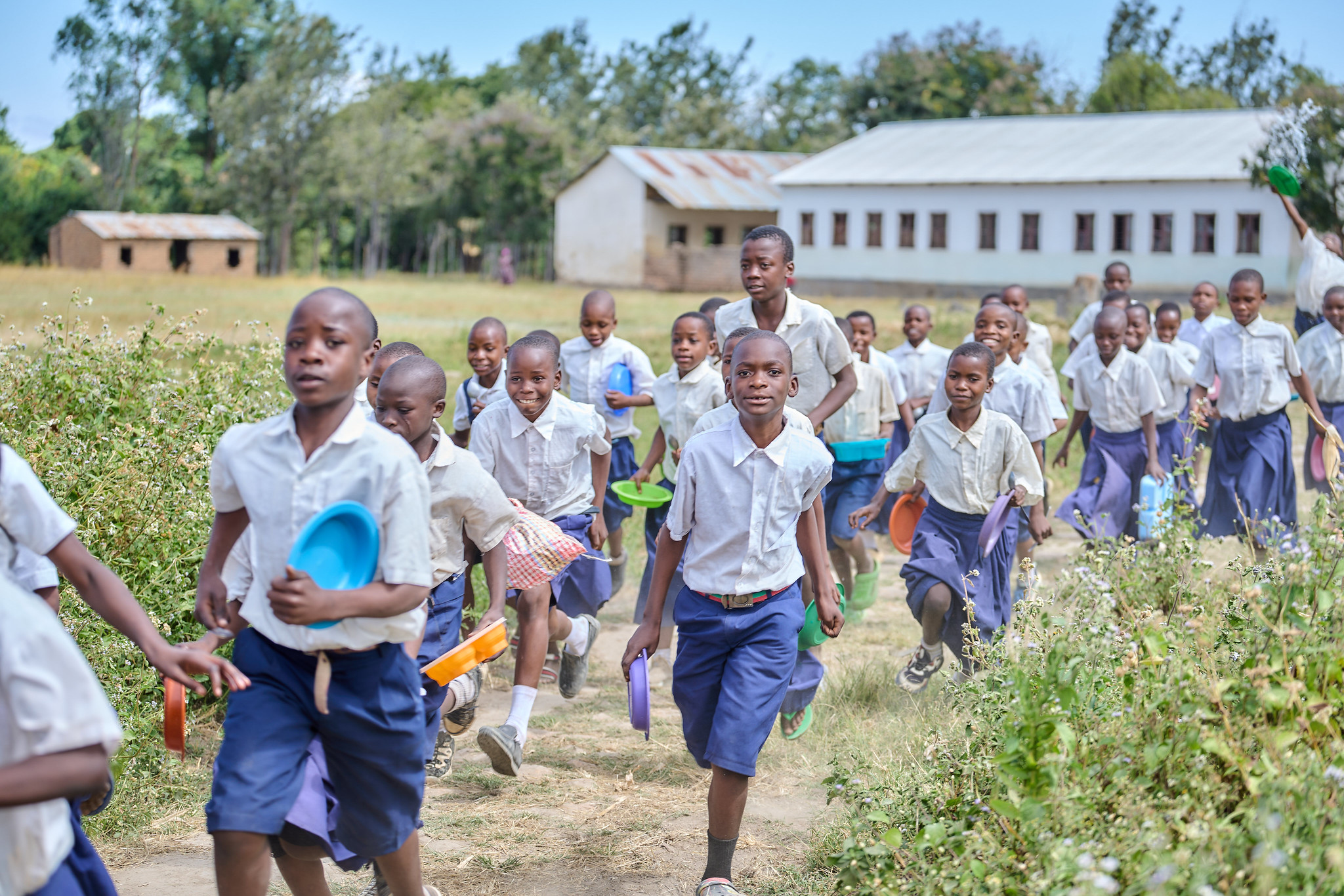International Monetary Fund (IMF) members and staff must be congratulated for the much-needed allocation of Special Drawing Rights ($650 billion), issued in August, to help individual countries and the global economy overcome impacts of the COVID-19 pandemic. IMF Managing Director Kristalina Georgieva argued that it was crucial “that these SDRs are used as effectively as possible … and with as much as possible going to countries most in need.” She outlined ways to make the most of the new allocation. One, of course, is that recipient countries use their allocation prudently to support their economies and step up the fight against COVID-19.
The second approach Georgieva suggested was that countries with more robust economies use their unneeded SDRs to help poor and vulnerable countries by allocating those financial instruments to some or all of the following:
- The existing Poverty Reduction and Growth Trust (PRGT),1 for use in providing highly concessional loans to low-income countries.
- A possible new Resilience and Sustainability Trust (RST) to help poor and vulnerable countries with structural transformation challenges, including those related to climate change.
- Multilateral development banks (MDBs) to support their own direct lending to developing countries.
These options—in particular, the possible RST fund—have been debated at recent IMF annual meetings. Besides considerations of how a RST would operate (given that long-term financing is not an IMF mandate), another topic was to extend the participation in the reallocation to middle-income countries and not only the lower income ones, considering that many have suffered harsh pandemic impacts. This is particularly true in Latin American and Caribbean (LAC) countries, which account for about a third of global COVID-19 deaths with only 8% of the world population, and experienced the deepest economic recession among developing countries.
A more general point is the need to use international development funds strategically: Leveraging and mobilizing the vast levels of liquidity in global private capital markets, orienting them to address larger humanitarian and development objectives. The PRGT is a 1-1 allocation, and the new Resilience and Sustainability Trust may be similarly structured. Allocating the SDRs to MDBs, and also depending on how they are structured, may have up to the leverage of those institutions (about 3-4 per dollar of capital). The question is whether the SDRs (as well as other development funds) can be utilized with larger multiplier effects.
At the beginning of the pandemic, former Argentina Finance Minister Alfonso Prat-Gay suggested using IMF funds more strategically to support private lending to developing countries. With the process of allocating the SDRs already in motion, Díaz-Bonilla 2021 and von Braun and Díaz-Bonilla 2021 suggested the funds could be used to guarantee the emission of “zero hunger bonds” and “pandemic recovery bonds.” The proposal was also included among the financial options for the UN Food Systems Summit.
The idea is to use the SDRs to lower the risk for private investors of buying those special bonds issued by developing countries, thus helping to mobilize a large pool of capital with broader social goals, while offering an adequate balance of risk and reward. Such options would crowd-in the large private liquidity existing in global markets to help finance credible pathways out of the pandemic for those countries. For instance, advanced economies (which collectively are receiving about $375 billion, and which hold about $180 billion from previous allocations) could assign a percentage (say 10%, or about $55 billion), to constitute a Guarantee Trust Fund (GTF) to support the issuing of special “pandemic recovery bonds” (PRBs). High-income countries would retain ownership of the SDRs allocated as part of the GTF (differences in specific accounting considerations across countries would have to be worked out).
The specific design of the bond will have to be discussed with potential private and institutional investors, but Díaz-Bonilla, 2021 suggested some features to consider: They would be consols or perpetual bonds;2 issued in dollars; paying an adjustable rate with a cap (say 5%3); and callable, with call protection (for example, until 2050).
With a $55 billion GFT guaranteeing the PRB interest payments, the value of such bonds that can be issued by developing countries is multiplied several times, depending on how the guarantee is structured. For instance, using the maximum interest rate of 5% (although it is expected that, given the guarantee, the actual interest rate will be clearly lower), and maintaining a rolling guarantee of 3-5 years in interest payments, the total amount of PRBs that can be guaranteed may be between $220 billion-$367 billion (as a comparison, the current allocation of SDRs to developing countries is about $275 billion). That multiplier effect may be larger, depending on interest rates; on the potential defaults on interest payments (which may be similar to the lower levels of the IMF or the MDBs); and on whether the losses in the guarantee fund are covered by additional international public money.
Middle- and low-income countries will be eligible to issue the guaranteed bonds only if they have a credible and sustainable pandemic recovery program—encompassing health, social, economic, and environmental components—with some multilateral development bank (which would also finance part of the plan). Some of the proceeds from the PRB issued can be utilized to replace pandemic-related shorter term and more expensive debt, helping with debt sustainability. The quota of PRBs by country can be determined by a combination of indicators such as poverty, pandemic public health impact (total deaths and deaths as percentage of population), and the depth of the economic recession. This scheme could be especially relevant for LAC countries, perhaps as a component of the program for the mid-2022 Summit of the Americas.
The GFT would also help capital markets by supporting an additional asset with an attractive combination of risk and return, which helps absorb some the large global liquidity while supporting broader humanitarian and development objectives. It would also benefit advanced economies in helping to put an earlier end to the pandemic and its global consequences.
There may be other options for strategically applying these additional SDRs (such as using them to strengthen MDBs’ lending capabilities); and this proposal may not be the best alternative for every individual middle- and low-income country, some of which will need direct debt relief. Nevertheless, using a percentage of the SDRs to create a guarantee fund for the type of pandemic recovery bonds outlined above is worth considering as a useful weapon in the arsenal in efforts to defeat the coronavirus—and thus improve global health, economic, social, and political conditions.
Eugenio Díaz-Bonilla is Head of IFPRI’s Latin American and Caribbean Program.
Author note: I appreciate the conversations with Daniel Zelikow on these topics, who helped me to avoid several mistakes (the remaining ones are only mine).
1. Before the current allocation of SDRs some developed countries had already assigned about $15 billion of those previously own to the Poverty Reduction and Growth Trust.
2. Also, 100-year bonds can be considered, with the payment period during the last 20 years or so.
3. The cap considers that the average nominal yield since 1953 for US 10-year bonds has been 5.65% (4.32% since 1990; and it has been 1.37% on average during September 2021); average consumer inflation in the United States has been about 3% since 1913 (2.4% since 1990); and the average real interest rate for the last 200 years has been 2.6%, but it has been declining in the last 100 years (see references in Díaz-Bonilla, 2021)). The yield for the 10-year inflation-adjusted bond for the period 2003–2021 (mid-October) has been 0.88% and currently is negative, close to -1% (data from the U.S. Federal Reserve).







